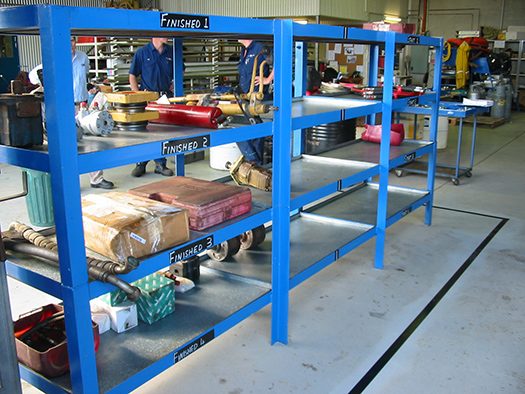Here is an article I wrote 10 years ago, recently resurrected from the lost letter file. I can’t remember why I wrote it or for whom. Originally titled, “What is Kaizen?” the article still resonates with me as I hope it will with you.
|
ADVERTISEMENT |
My study of TPS has been guided by book learning, tacit learning, and more good luck than bad. One stroke of good luck occurred in February 1987, when I picked up a copy of Kaizen: The Key to Japan’s Competitive Success (McGraw-Hill Education, 1986), by Masaaki Imai. At that time, most literature about TPS was focusing on its technical aspects, so this book, which focused on harnessing ideas and creativity, was different.
…

Add new comment